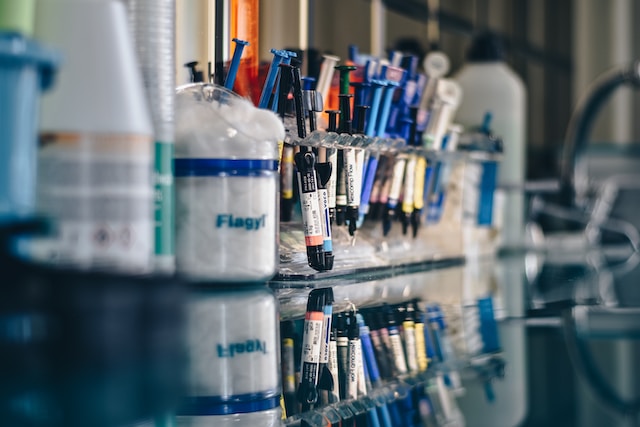An interesting article titled “Assessing the safety of deep sedation in outpatient pediatric oral health care,” written by Henal Alpesh Gandhi and et. al. appears in the Journal of the American Dental Association (2023). The article assesses the safety of deep sedation supported care with pediatric dental treatment carried out in an outpatient setting.
It is estimated that in the US, 100,000 through 250,000 cases of pediatric dental procedures with sedation occur each year. Most of the cases of among kids 3 to 5 years old. Children are predisposed to deep sedation and d general anesthesia related respiratory problems because of age-related variations in anatomy and physiology. Some of the reasons children need deep sedation for dental health care include extent of dental disease and amount of treatment needed,limited ability of the child to cooperate, and intent to protect the developing psyche. However, children are more susceptible than adults to respiratory-caused cardiac arrest and office deaths that have occured are often due to the inability to resuscitate a child who has experienced inadequate ventilation such as upper airway obstruction, drug-induced apnea, and laryngospasm.
It has been shown in medicine that sedation or anesthesia in outpatient settings typically has been associated with an increased incidence of failure to rescue from adverse events, because of a lack of immediate access to emergency services. Dental procedures with the patients using deep sedation or general anesthesia is increasingly being performed in dental offices. The authors thus sought to assess the safety of dental treatment supported by deep sedation inan outpatient dental setting and to determine the frequency and type of adverse events by reviewing of clinical data from the electronic health record.

Photo by Ibrahim Boran on Unsplash
The study was conducted at the outpatient pediatric dental clinic of the University of Texas at Houston. When deep sedation occurs at this center, there is always a pediatric anesthesiologist administering sedation, monitoring, and recording; another resident providing dental treatment; and a faculty pediatric dentist in the room, monitoring the treatment. The authors reviewed charts to assess for the presence of sedation-related problems. The authors found 369 patients who were flagged by the script they developed. Upon review it was determined that 175 deep sedation cases. Of these deep sedation cases, 97 (55%) involved children less than 6 years old. The authors found that 24 total adverse events were identified in 19 cases and that 19
of these adverse events relating to 15 cases were from the the sedation during the dental procedure. Thus it was found that 8.6% (roughly 1 in 12) of children experienced an adverse event related to the sedation. The most common problem among the kids were the 9 events related to sedation quality and patient experience events and involved agitation, substantial movement, aggressive behavior, emergence delirium and case of a dizzy child who fell at the clinic’s checkout desk, resulting in a cut on the head. Three events were rleated to allergy. The remaining sedation related events were due to to airway and breathing problems. The authors state:
“To our knowledge, this is the first study to provide epidemiologic estimates of the occurrence of AEs [adverse events] associated with DS [deep sedation] in a true outpatient dental setting.”
Limitations of the study included that medical conditions, such as obstructive sleep apnea and obesity, increase child’s risk of unsuccessful sedation and this could not be investigated based on what was in the health record. urther the health record may have had incomplete, inaccurate, or inconsistent data. The authors feel that in the future larger studies are needed to help with root cause analysis.
